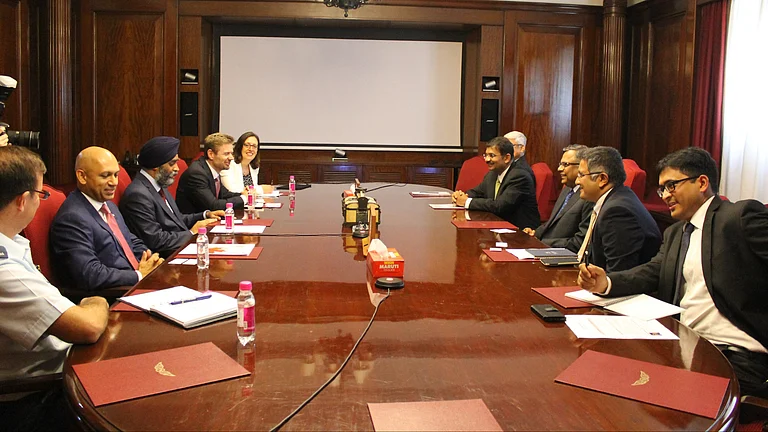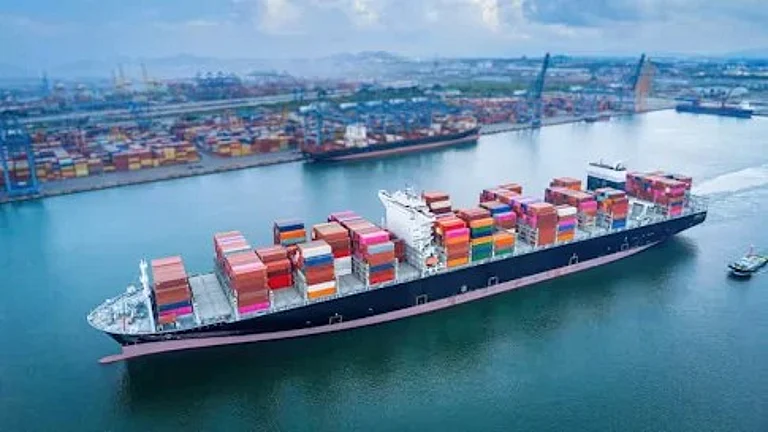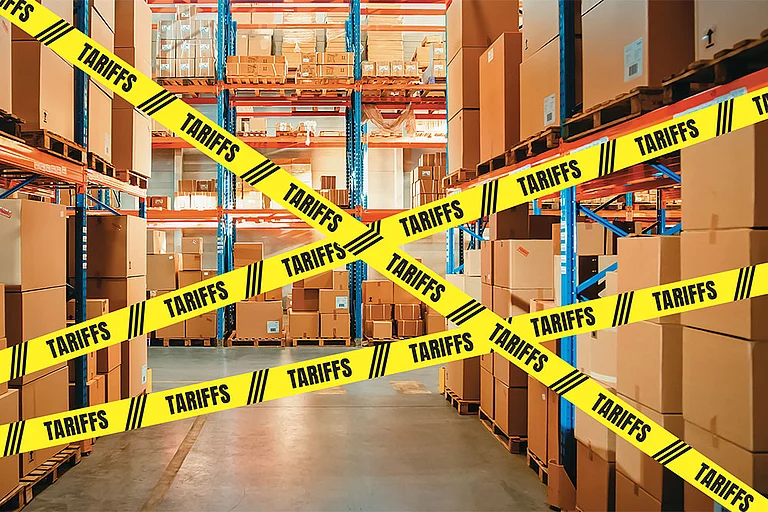For decades, economists have believed that migrants serve as natural trade ambassadors, carrying with them knowledge of home markets and preference for home country goods. It is an elegant idea that a family from India, moving to New Jersey, sparks new demand for Indian spices, or a Chinese engineer in Frankfurt links up a German firm with a Shenzhen supplier.
But what if this pro-trade story is not the rule, but the exception?
That is the provocation in “International Migration and Trade: A Comparative Analysis of China and India” (Journal of Asian Economics, 2025) by VC Sabeer, a research associate at Indian Institute of Foreign Trade, Delhi. Using a much stricter empirical lens than earlier research, Sabeer finds that neither Indian nor Chinese emigrants systematically boost trade at the aggregate level. In fact, the evidence hints that in some cases, migration may substitute for trade rather than promote it.
Fixing Old Models
Earlier studies often used trade models that had blind spots. They struggled to account for cases where no trade happened between two countries and ignored the fact that trade is also shaped by what happens with other countries.
Moreover, both trade and migration flows may be influenced by bilateral historical relationships, such as colonial ties or longstanding cultural connections, which earlier studies failed to control for adequately. Because of these gaps, many studies may have overstated the extent to which migrants boost trade.
Sabeer fixes this by using a more advanced method that can handle all these issues. He looks at data from 1990 to 2020, combining UN numbers on migrant populations with global trade statistics.
Unlike earlier research, he does not just look at exports, but also imports, and even breaks trade down into different types of goods, such as everyday consumer products, machinery and raw materials. He also checks whether migrants in rich countries have a different effect on trade than those in poorer countries.
The biggest takeaway is that Indians and Chinese living abroad do not seem to boost their home countries’ exports or imports in any clear way. This goes against the popular belief that more migration automatically means more trade.
Interestingly, migrants from other countries do show a small positive effect on exports. That means India’s and China’s large overseas communities may not be as effective in driving trade as people usually presume, raising a question mark over their real economic clout abroad.
The India Exception
Things get more interesting when the study looks at different kinds of products. Indians abroad seem to boost exports of two types of goods: everyday consumer items like food, cultural products and religious articles, and capital goods like machinery. This fits the idea that migrants carry their tastes with them, especially when it comes to food, faith and lifestyle.
Chinese emigrants, on the other hand, do not show much effect in any category. One reason may be that the Chinese diaspora blends more easily into local markets, so their presence leaves less of a direct mark on trade.
In rich countries, Indian and Chinese migrants are often linked to trade-substitution, meaning they help local industries grow or transfer technology, which ends up reducing imports from their home country
The picture changes when you look at where migrants move. In rich countries, Indian and Chinese migrants are often linked to trade-substitution, meaning they help local industries grow or transfer technology, which ends up reducing imports from their home country.
But in poorer countries, Indian migrants tend to have the opposite effect. They actually make trade easier by sharing market knowledge and creating new business links. The big lesson is that migration’s impact on trade is not a one-size-fits-all. It depends on both the people and the place.
Policy Implications
For policymakers, these findings cut in two directions. First, they caution against viewing diaspora engagement as a guaranteed trade strategy. Simply having millions of nationals abroad does not automatically translate into stronger export performance.
Second, the disaggregated results point towards more targeted policies. For India, supporting diaspora-linked consumer goods exports may pay higher dividends than blanket strategies. For China, where the trade effects appear muted, leveraging emigrants for technology transfer for indirect global value chain integration may be more fruitful.
Perhaps most importantly, the paper reframes migration as a phenomenon with ambiguous trade impacts, sometimes complementary, sometimes substitutive. In doing so, it restores complexity to a debate that had grown overly one-sided.
The study avoids giving a simple black-and-white answer. It shows that migration is neither automatically good nor automatically bad for trade. The effect depends on what kind of goods are traded, how strong diaspora links are and the conditions in the countries where migrants live.
For India and China, this means that governments cannot just rely on broad slogans about their diasporas being a guaranteed driver of trade. The people-to-good connection is real, but it is fragile and varies with context. In today’s world, where both migration and trade are under pressure, this more careful understanding is exactly what policymakers need.














